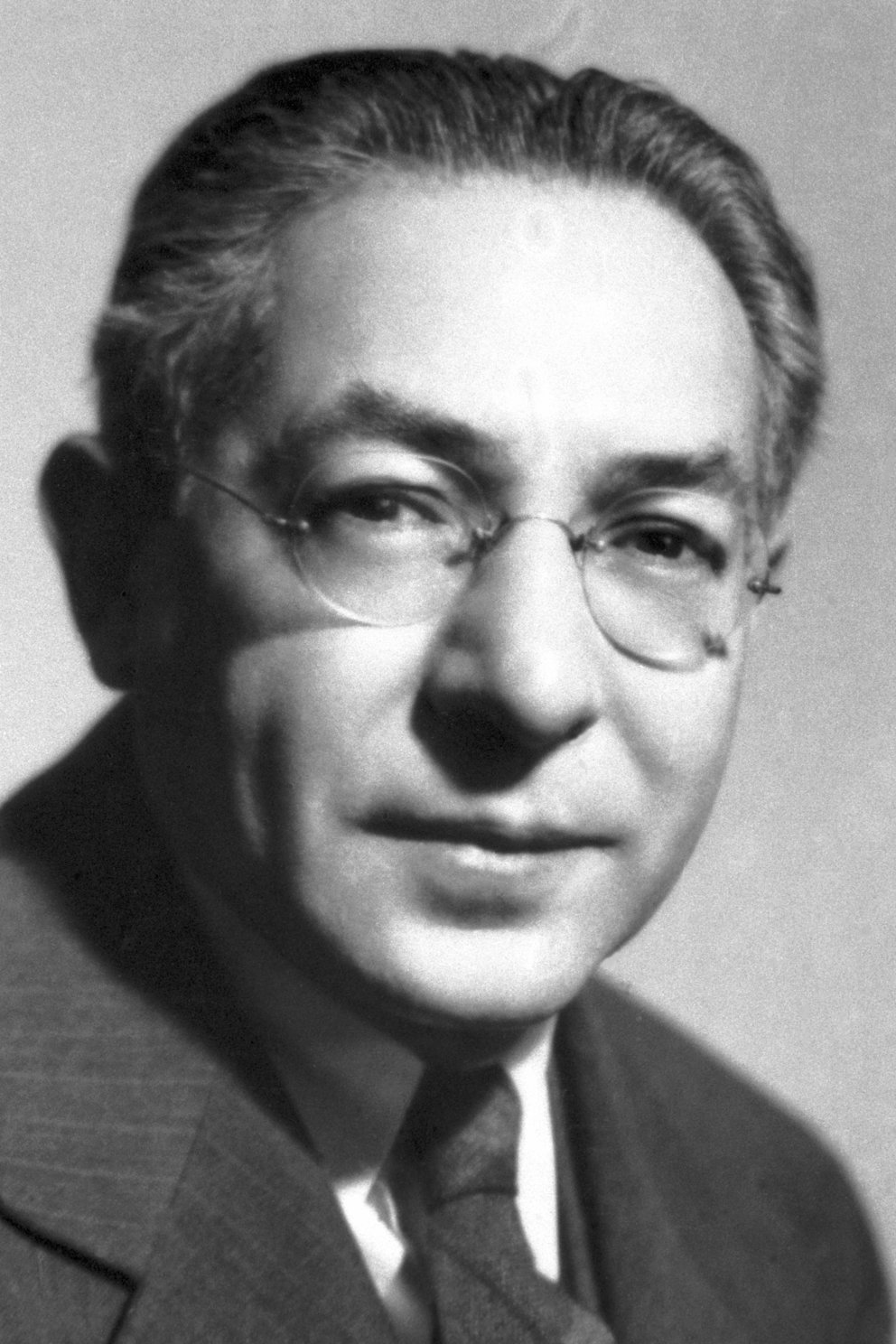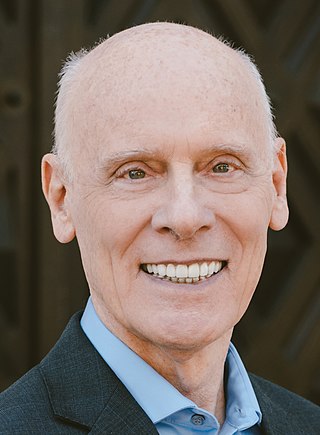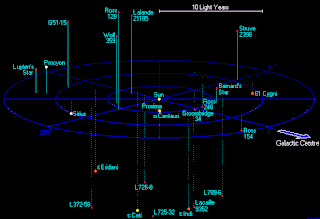
Isidor Isaac Rabi was an American physicist who won the Nobel Prize in Physics in 1944 for his discovery of nuclear magnetic resonance, which is used in magnetic resonance imaging. He was also one of the first scientists in the United States to work on the cavity magnetron, which is used in microwave radar and microwave ovens.

The Astronomical Journal is a peer-reviewed monthly scientific journal owned by the American Astronomical Society (AAS) and currently published by IOP Publishing. It is one of the premier journals for astronomy in the world.

Georges Henri Joseph Édouard Lemaître was a Belgian Catholic priest, theoretical physicist, mathematician, astronomer, and professor of physics at the Catholic University of Louvain. He was the first to theorize that the recession of nearby galaxies can be explained by an expanding universe, which was observationally confirmed soon afterwards by Edwin Hubble. He first derived "Hubble's law", now called the Hubble–Lemaître law by the IAU, and published the first estimation of the Hubble constant in 1927, two years before Hubble's article. Lemaître also proposed the "Big Bang theory" of the origin of the universe, calling it the "hypothesis of the primeval atom", and later calling it "the beginning of the world".

Sir Joseph Norman Lockyer was an English scientist and astronomer. Along with the French scientist Pierre Janssen, he is credited with discovering the gas helium. Lockyer also is remembered for being the founder and first editor of the influential journal Nature.

Norman John Baker is a Liberal Democrat politician in the United Kingdom who was the Member of Parliament (MP) for Lewes in East Sussex from the 1997 general election until his defeat in 2015.

Norman Foster Ramsey Jr. was an American physicist who was awarded the 1989 Nobel Prize in Physics, for the invention of the separated oscillatory field method which had important applications in the construction of atomic clocks. A physics professor at Harvard University for most of his career, Ramsey also held several posts with such government and international agencies as NATO and the United States Atomic Energy Commission. Among his other accomplishments are helping to found the United States Department of Energy's Brookhaven National Laboratory and Fermilab.

Willem de Sitter was a Dutch mathematician, physicist, and astronomer.

John Stanley Plaskett was a Canadian astronomer.

James Charles Heard was an American swing, bop, and blues drummer.

Bayfordbury, Hertfordshire, is a large Grade II* listed country house with surrounding parkland, and the location of a University of Hertfordshire campus, housing its biology/geography field station and observatory.
Walter Thane Baker is an American former sprinter and winner of the gold medal in the 4x100 m relay at the 1956 Summer Olympics in Melbourne, Australia, with a new world record of 39.5 seconds. At those Olympics Baker also won a silver medal in the 100-meter and a bronze in the 200-meter. At the 1952 Summer Olympics in Helsinki, he won a silver medal in the 200-meter.

George Fisher Baker was an American financier and philanthropist. Known as the "Dean of American Banking", he was also known for his taciturnity. Baker made a fortune after the Civil War in railroads and banking, and at his death was estimated to be the third richest man in the United States, after Henry Ford and John D. Rockefeller.

James Gilbert Baker was an American astronomer and designer of optics systems.

Hugh Norman Ross is a Canadian astrophysicist, Christian apologist, and old-Earth creationist.

Robert K. Kraft Field at Lawrence A. Wien Stadium, officially known as Robert K. Kraft Field at Lawrence A. Wien Stadium at Baker Athletics Complex, is a stadium in the Inwood neighborhood at the northern tip of the island of Manhattan, New York City. Part of Columbia University's Baker Athletics Complex, it is primarily used for American football, lacrosse, and track and field events. The stadium opened in 1984 and holds 17,100 people.

Benjamin Anzelwitz, known professionally as Ben Bernie, was an American jazz violinist, bandleader, and radio personality, often introduced as "The Old Maestro". He was noted for his showmanship and memorable bits of snappy dialogue, being part of the first generation of "stars" of American popular music, alongside other artists such as Paul Whiteman, Ted Lewis and Al Jolson.

A light-year, alternatively spelled light year, is a unit of length used to express astronomical distances and is equivalent to about 9.46 trillion kilometers (9.46×1012 km), or 5.88 trillion miles (5.88×1012 mi). As defined by the International Astronomical Union (IAU), a light-year is the distance that light travels in a vacuum in one Julian year (365.25 days). Because it includes the word "year", the term is sometimes misinterpreted as a unit of time.
The Louisville Astronomical Society (LAS) was founded in 1931 in Louisville, Kentucky by a group of amateur astronomers, including James Gilbert Baker.The society holds regular observing sessions and star parties.
The Columbia Lions fencing team is the intercollegiate fencing team for Columbia University located in Manhattan, New York City. The team competes in the Ivy League within Division I of the NCAA. The university first fielded a team in 1898, under the leadership of coach James Murray. The team is currently coached by Michael Aufrichtig.

Merle Norman Cosmetics Inc. or simply known as Merle Norman, is an American cosmetics company that manufactures skin care, personal care, and makeup products founded in 1931 by Merle Norman. The company sells its products through e-commerce and its beauty store studio franchises, along with operating day spas through its Merle Norman Spa brand. As of 2021 the company had 1,007 locations throughout 7 countries, primarily in North America.
















